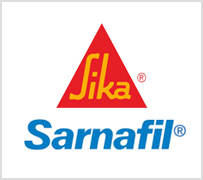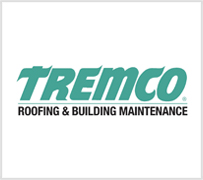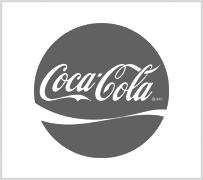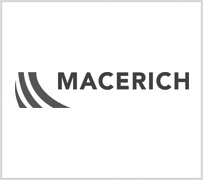
Home / News / Why Clean a Roof?

Perhaps the most damaging and least recognized types of roof debris are molds, mildews, lichens and fungus, and can lead to costly repairs or even roof replacement. If your shingles, shakes, tiles, built-up roofing, modified bitumen, single-ply or foam roofing shows a green in color, or green or black splotches, that is a sign that your roof has developed mold and mildew and it is probably time to have it cleaned.
Another danger to a roofing system is debris build up. Things like leaves, pine needles, branches and even dust and dirt can collect in gutters, around roof perforations and in the valleys where roofs join. The debris naturally traps water beneath it, never allowing the roofing material to dry out. It also makes an ideal spot for fungi to grow.
All fungi feed on organic materials. Once it has eaten through the debris, it begins eating the roof itself, sending roots deep below the surface and eventually breaking down the roofing material. For example, the filler for many shingle roofing materials is limestone, a favorite food substance of blue-green algae. When it is established, it may turn black to protect itself from the sun, but layers underneath will continue to grow and spread, creating warm, dark, moist environments where other organisms can also flourish - like lichen, mold, mosses and mildews.
Once these organisms get a foothold, they’ll eat their way through all the protective layers on your roof and eventually begin to snack on the decking. The next thing you know, you've got a major roofing problem. In a commercial space this can be a major hazard — a leaking roof can cause huge losses to merchandise, while a weakened roof could potentially collapse causing untold damage to workers and visitors.
That’s why it is so important to have an annual roof inspection done to look for mold, mildew, lichen, algae and moss growth. If any of these fungi are detected, it is time to call in a roof cleaning professional. This is not a do-it-yourself job because roofing materials are easily damaged. For instance, high-pressure water sprayers can drive water deep beneath roofing materials, leaving a perfect environment for mold and moss to flourish. High pressure sprayers can also wash away the protective granules on shingle tiles and weaken your roof’s protection. Certain types of chemicals, like bleach, can cause damage and weaken roofing materials. So this is a job best left to the professionals, who have the proper tools and chemicals to treat the problem.











